As temperatures across Tayside and Fife soar, most of us will be more thirsty than usual and perhaps suffer sleepless nights from the heat.
But when the mercury rises beyond its usual level, you could also experience unusual health symptoms you didn’t expect.
Here, health experts talk us through some of the issues you might encounter during a heatwave, and how to cope with them…
1. Nosebleeds
“It is really common for nosebleeds to occur during a heatwave,” says Dr Ross Perry, GP and medical director of Cosmedics.
“Dry air irritates and dries out the nasal membrane.
“This causes crusts in the nose channels, which can be itchy, especially at night, and bleeding if you’re scratching, causing further irritation and potential nosebleeds.”
They can be more common in the elderly, pregnant women and children, he warns: “If nosebleeds are happening too often, seek your GP’s advice.”
So what should you do if you get a nosebleed?
Dr Perry advises: “Sit or stand upright and pinch your nose just above the nostrils for 10 minutes or so.
“Try to lean forward and breathe through your mouth. An ice pack placed at the bridge of the nose will also help.”
2. Bad breath
“Bad breath is one of the little-known side-effects of not drinking enough water when it’s hot outside,” says Scott McDougall, co-founder and manager of The Independent Pharmacy.
“When dehydrated, your mouth becomes parched and cannot produce enough saliva to wash away food particles.
“There’s not enough water or acid to neutralise cells growing on your tongue.
“Plus, if you’re drinking fizzy drinks to try to cool down, you’re feeding the bacteria in your mouth lots of sugar, which can contribute to the build-up of smelly dental plaque.”
But the solution is simple, Scott says: “The best way to avoid bad breath in a heatwave, is to drink lots of water.”
3. Itchy rash
“Your skin can have a reaction to the sun, known as a polymorphic light eruption,” says Scott, resulting in a red rash – a dense cluster of tiny inflamed bumps, or a large raised patch.
“The rash typically appears 30 minutes after exposure to the sun and can last for up to two weeks.
“It’s most likely to occur after a long period of having little to no sun exposure. So, you should experience fewer symptoms as the summer progresses.”
It’s important not to scratch the rash to prevent scarring, Scott advises: “To calm the itching, get out of the sun and dab the affected area with a cool, damp cloth.
“Also, drink plenty of water and take an over-the-counter antihistamine, like Piriton tablets, or syrup if you struggle with the tablet form.”
4. Upset stomach
A whole host of tummy troubles can result from hot weather.
“Stomach bugs and intestinal infections can be rife, and people who suffer from IBS may also find the heatwave exacerbates symptoms,” says Dr Perry.
 “Diarrhoea could be a sign of heat exhaustion, which can be incredibly dangerous.
“Diarrhoea could be a sign of heat exhaustion, which can be incredibly dangerous.
“Make sure you’re drinking plenty of water, and if you have any other symptoms of feeling unwell – including feeling dizzy and confused – you must speak to your doctor.”
5. Swollen hands and feet or fungal infections
“During hot weather it can be common for fingers, toes, hands and feet to swell,” says Perry.
Called ‘heat edema’, it’s caused by either internal or external exposure to heat. Generally not considered dangerous, it indicates an imbalance in fluids and electrolytes.
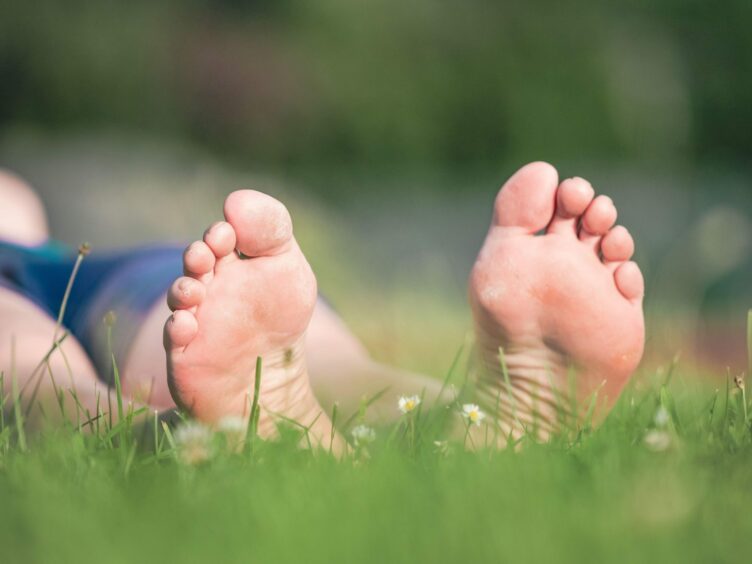
“You can reduce symptoms by making sure you’re hydrated and sitting somewhere cool, to reduce your body temperature,” Dr Perry says.
“Fungal infections such as Athlete’s foot, can also be worse during a heatwave, due to the increasing warmth and moisture, so it’s important to opt for cotton socks, and change them regularly.
“Better still, wear sandals,” he continues. “And exfoliate feet to get rid of dead, flaky skin.
“If you’re suffering, head to your local pharmacy, for a treatment to help.”
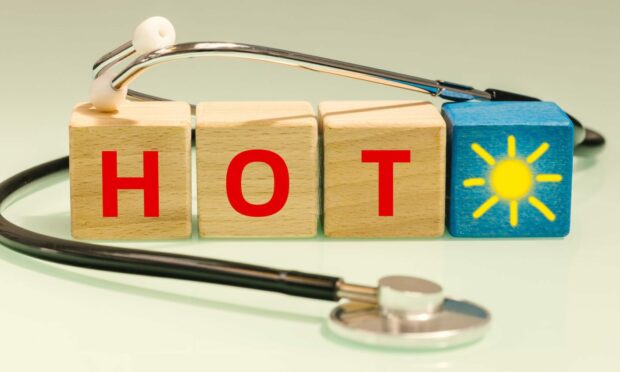
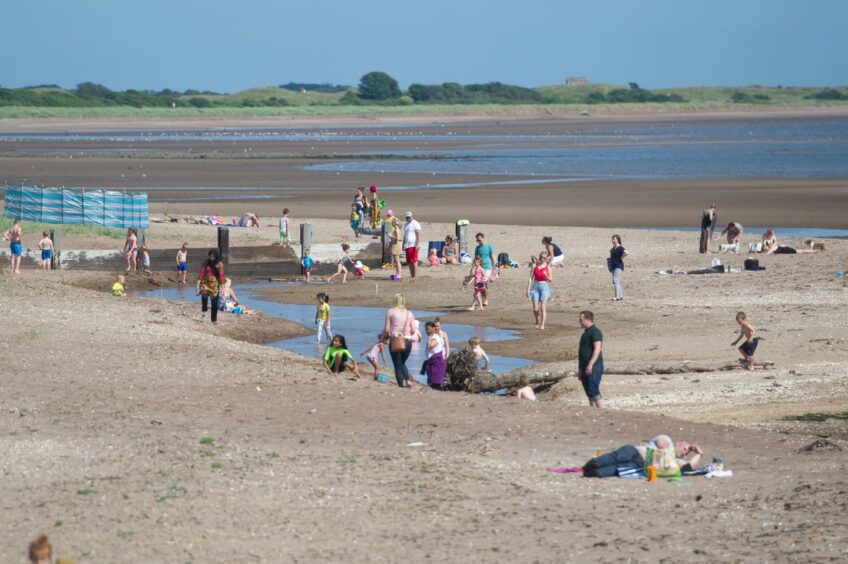


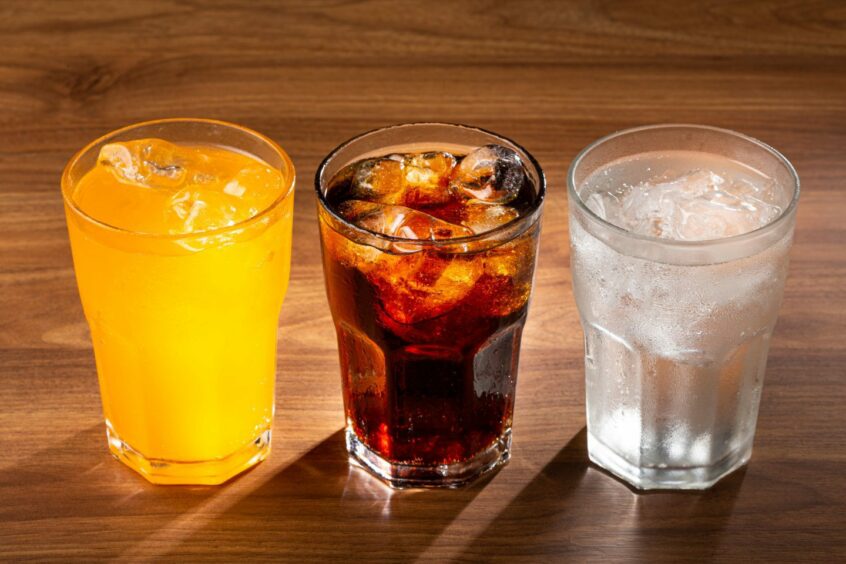
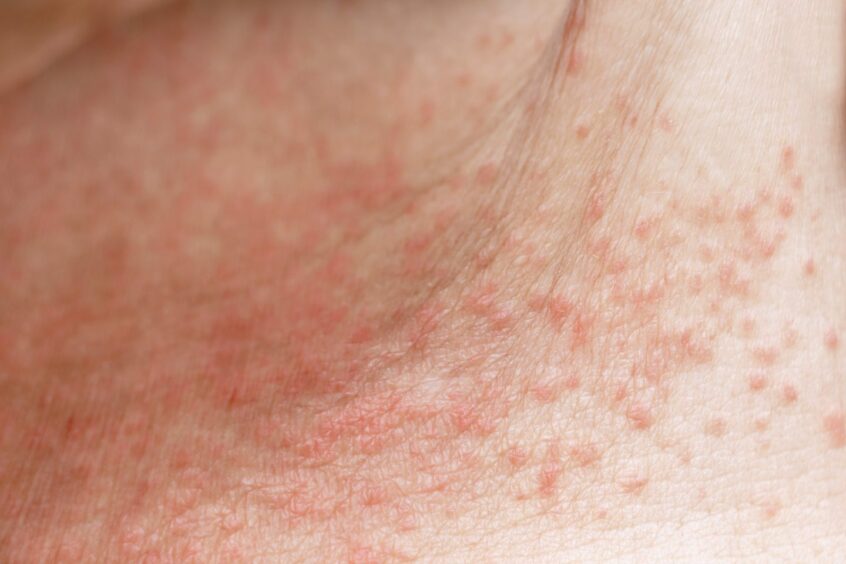











Conversation